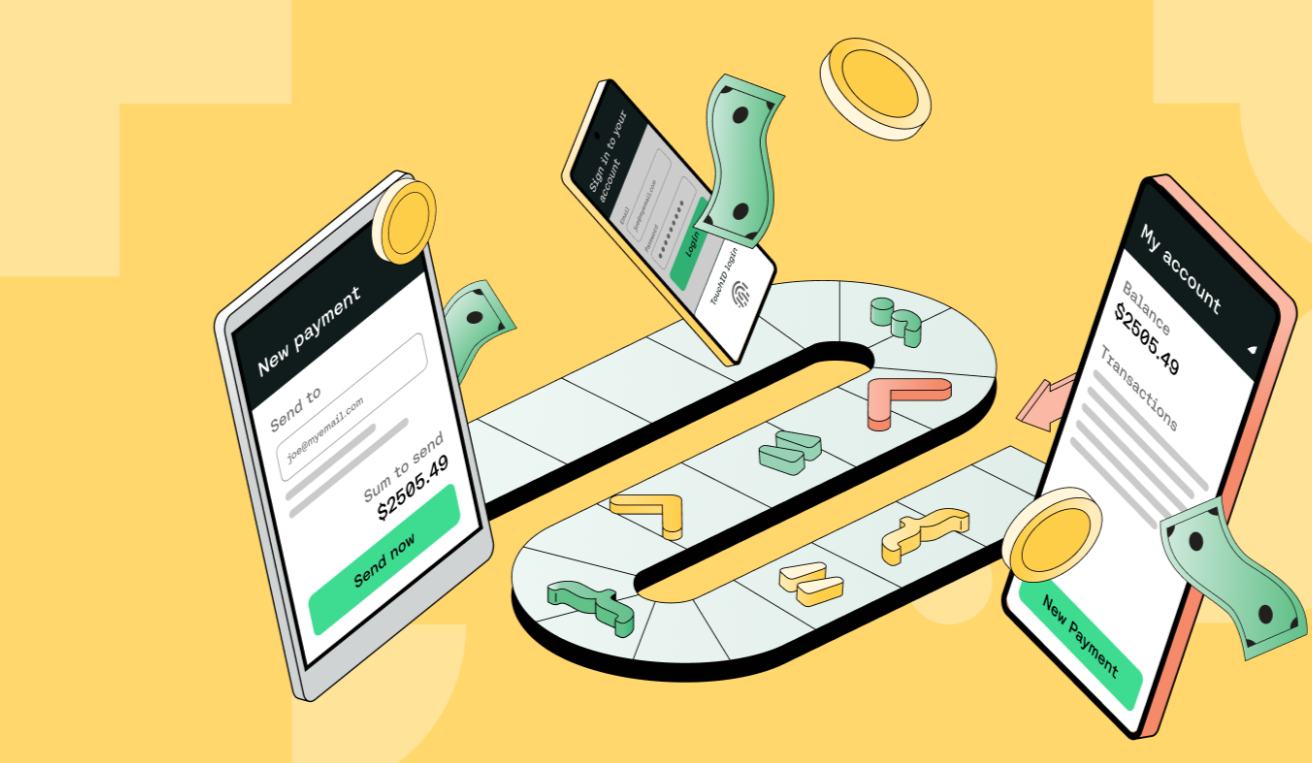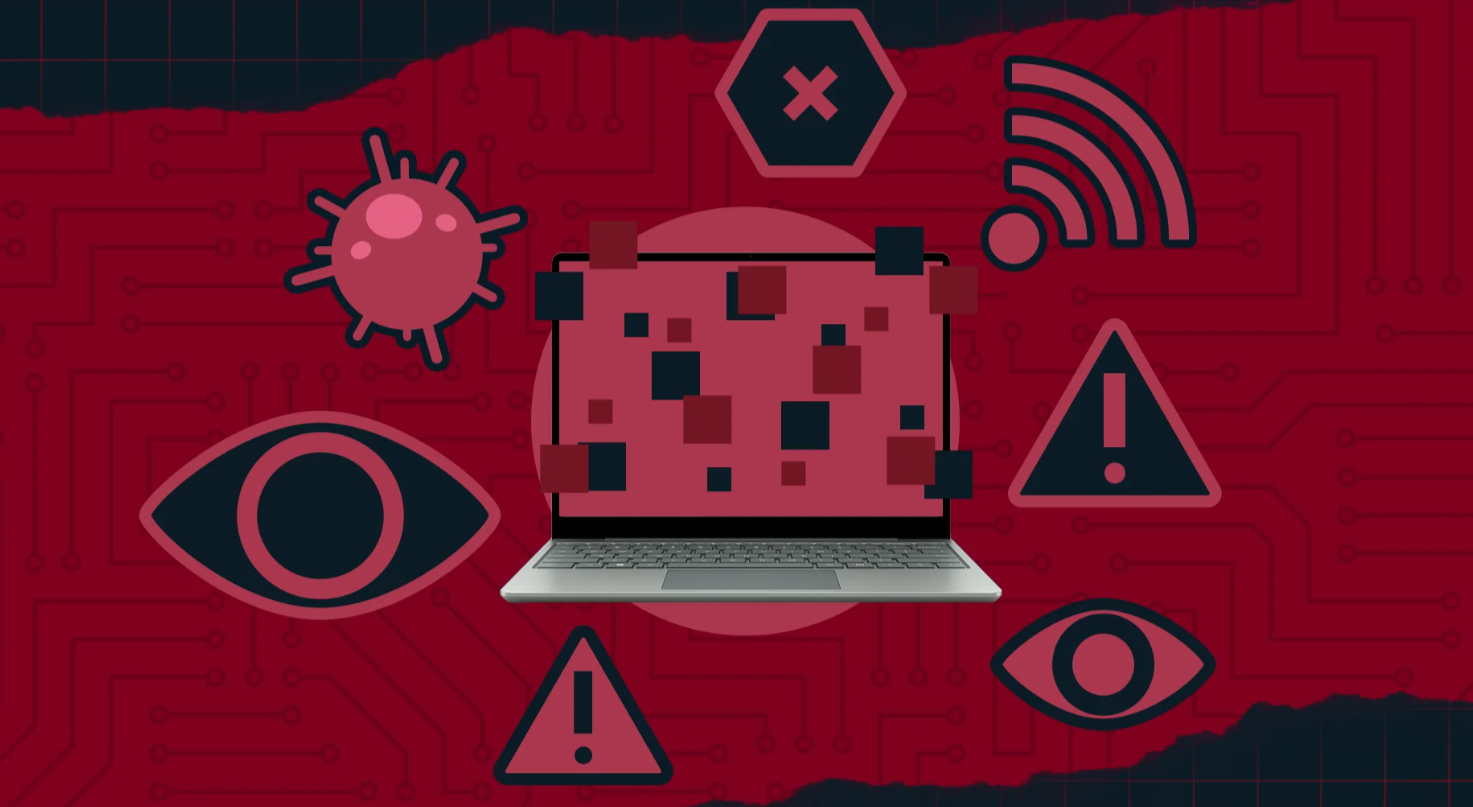How to Secure Your Online Banking and Financial Transactions

Internet banking and online financial transactions have literally revolutionized money management in the life of modern man. Fund transfer, payment of bills, investments, stock market, and most of all, online shopping; almost everything can be done just with a few clicks of the mouse from anywhere in the world. But these conveniences also bring waves of security risk. Cybercriminals are continually lurking for a loophole here or there through which one can terrify victims' personal finance and other sensitive information using phishing scams, malwares, and data breaches.
To the person concerned, aware of the dangers of online banking, the responsibility has now fallen on the individual themselves to take preventive actions to secure accounts from such intrusions. Here on this guide, you are going to obtain detail on some ways of achieving secure financial transactions and avoiding being a fraud victim on your end.
Online Banking Risks
Broadly speaking, you will have agreed to the common threats posed to online banking, and then dig your heels in into the safety.
1. Phishing Attacks
Most cybercriminals leverage phishing for identity theft. Fake emails, texts, or links which seem from banks cause unsuspecting consumers to hand over their login to thieves.
2. Man-in-the-Middle (MITM) Attacks
Hackers stand between the user and the bank and steal their login details. Otherwise, they swap all the types of financial transactions without the user knowing. It mostly occurs on unsecured public Wi-Fi networks.
3. Key Loggers and Malware
Malware of this sort is called a key logger which tracks keystrokes and thus enables cybercriminals to hold usernames, passwords, or any other sensitive details from the victim. Users are redirected to fake banking websites through malware infections to collect their credentials.
4. SIM Swapping
By bogus telecommunication means, hackers coerce your mobile phone number and transfer it to SIM cards under their control. Thus, the hackers evade 2-Step Authentication (2FA) through your number and resultantly end up stealing your money illegally.
5. Data Breach
Data breaches occur even to the largest of financial institutions and online payment services, so if your bank was the same that was breached, your stolen information will be sold on illegal dark web markets and your chances of identity theft increase also for fraud.
Indeed, with these risks, let us have a look at how to secure your online banking and financial transactions.
Securing Online Banking and Financial Transactions
1. Strong Passwords, Unique Passwords
The following is a good online banking password:
- Twelve-16 characters in length.
- A mixture of uppercase and lowercase letters, with numbers and therefore signs.
- Not reused across multiple accounts.
- Secure generation and storage of complex passwords can be done using a password manager like Bitwarden, 1Password, or LastPass.
2. Enabling Two-Factor Authentication.
You create two-factor verification on your account with the help of alternative login approaches, as in:
- A one-time code sent via SMS or email
- Authenticator Applications, such as Google Authenticator, Microsoft Authenticator, or Authy
- For even more protection, use a hardware security key, such as a YubiKey.
Don't choose 2FA by SMS since it is the most vulnerable to SIM swapping, dangerous as it is.
3. VPN on Public Wi-Fi
Public Wi-Fi such as cafe, airport, and hotel Wi-Fi does not guarantee security, making it easy for hackers to snatch bank credentials from what's happening. When you access financial accounts while in public:
You want to isolate yourself from public Wi-Fi connection.
Find many other VPNs whose encryption would cover the entire Internet traffic and secure data.
Examples of these are NordVPN, ExpressVPN, and ProtonVPN.
4. Always Direct Access to Your Bank
Never log into your bank through any email link or search engine ad. Instead:
Type bank URL manually into your browser.
Bookmark official one for an easier visit during logging in next time.
Look for HTTPS encryption (padlock symbol showing in the address bar above).
Use third-party applications for bank transactions only when advised by your bank.
5. Check Your Bank Statements Regularly
Check at least once a week on the account statement to see if there are unauthorized transactions. Most banks allow you to:
Set transaction alarms through SMS/email in real-time.
Set limits for your spending or temporarily block your card.
Inform the bank in a timely manner if there are any suspicious transactions taking place.
6. Use Secure Devices and Update the Software
Your security can be as strong as the device you are using for conducting your online banking. Here are the ways you can protect yourself:
Make sure that you keep all up-to-date operating systems and applications used for banking (Windows, Mac, Android, iOS).
Install antivirus such as Bit Defender, Norton, or Malwarebytes to detect malware.
Install firewall to restrict unauthorized access to your network.
Never conduct financial transactions or make transactions over shared/publlic computers.
7. Fake Banking Applications Are Worth Worrying about
Fraudsters create fake applications in the name of legitimate banking services to siphon login credentials. Before downloading any banking applications:
Install applications only from official channels: Google Play Store, Apple App Store.
Always check the developer name and reviews.
Check your bank's official website before downloading.
8. Some banks will lay alerts on customizable alerts on things like:
- Odd login attempts.
- Huge international or untracked transfers.
- Changes to account information.
The alerting can be designed to capture either early warning signs of fraud or warning signs that appear after damage has been done.
9. Are you taking extra care while making an online payment?
Use your credit card rather than a debit card for online payments if you want additional protection against fraud. Check that the website is secure, that is, it has an HTTPS protocol. For additional safety purposes, avoid keeping party card details on shopping sites. On top of that, you can use online services such as virtual credit cards, PayPal, Apple Pay, or Google Pay instead of directly entering your card details.
10. Getting Your Email Account Extra Security
Your email account which is often a key in resetting your banking passwords should be well protected by having:
- A unique strong password.
- 2FA enabled so that it can never be accessed by unauthorized persons.
- Not following links or clicking email messages considered to be phishing.
If hackers have the access to your email, they will easily reset all banks' passwords and take control of finances.
11. SIM-Swapping Attack Protection
To stop SIM-Swap fraud:
Put your mobile operator on notice that a PIN or password will be required for number changes.
Use application-based 2FA instead of SMS.
Monitor your mobile provider account closely for any suspicious changes.
If you suddenly go out of coverage on your phone, you must contact your service provider immediately to check if your SIM has been compromised.
12. Extra Security With Biometrics
Most banks have biometric authentication such as:
Fingerprint scan (Touch ID).
Facial recognition (Face ID).
The biometrics provide an extra layer of security that is much harder to duplicate than passwords.
Conclusion
Digitalization in this world has ensured that online banking and financial transactions become a must, albeit fraught with risks. Cybercriminals will always be out there hoping to steal sensitive information and exploit any security loopholes.
Nonetheless, with an observance of some of the excellent security practices like strong passwords, two-factor authentication, avoiding public Wi-Fi, and regularly monitoring accounts, the chances of falling victim to online banking fraud would definitely decrease.


